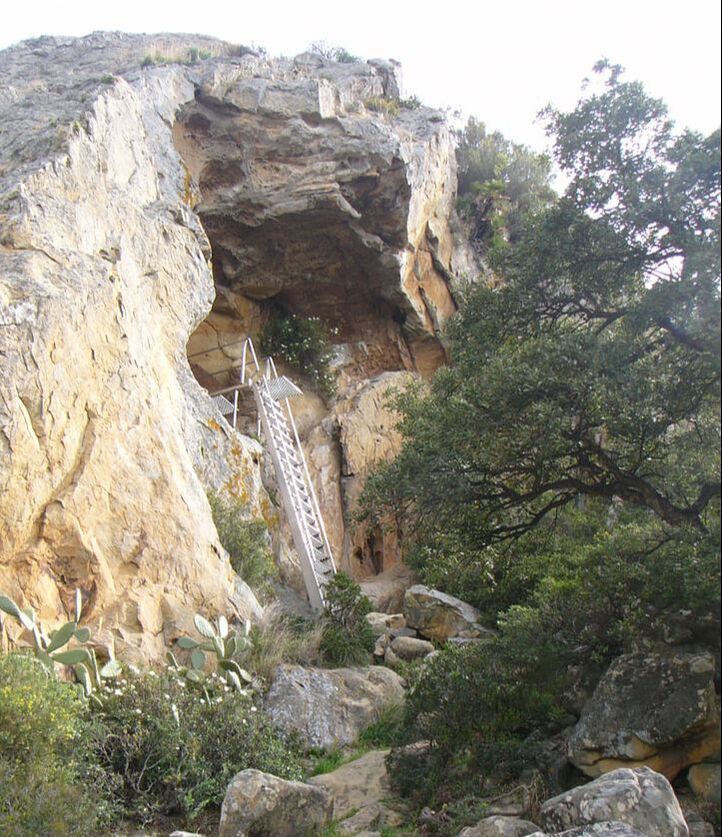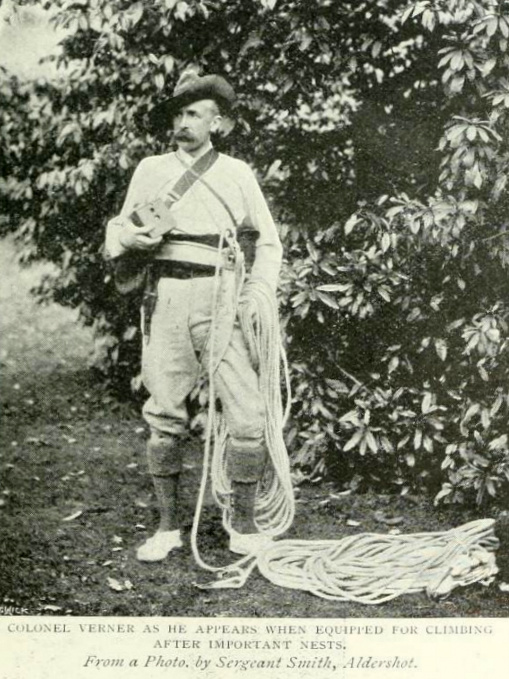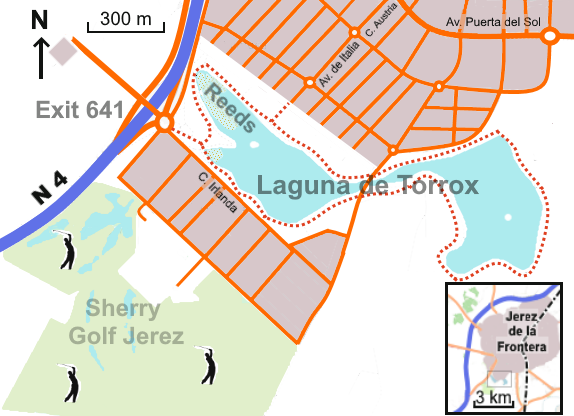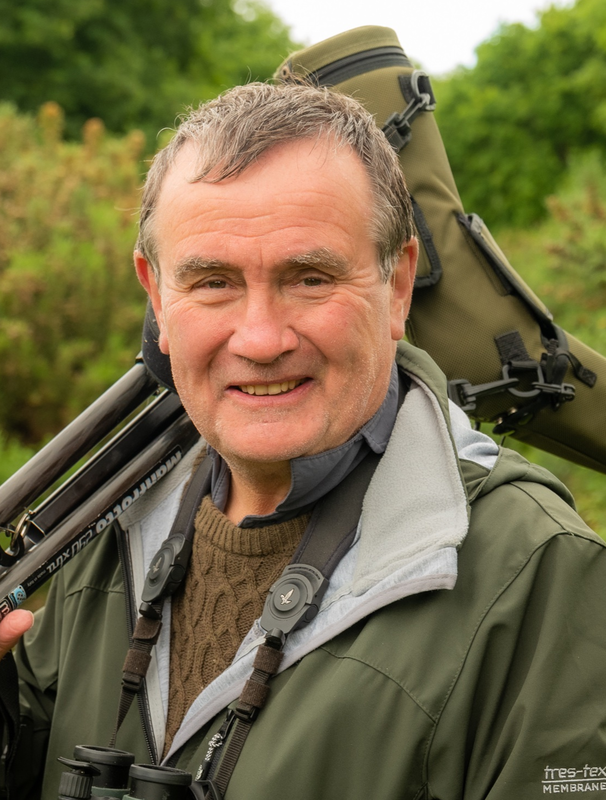The figure of 208 is, it seems, a little optimistic as this includes 44 'possible' birds but even so this represents a remarkably high percentage of all the bird images ever found in Neolithic cave art. Of the remainder 150 are described as 'securely identified' and a further 14 as 'unidentified'. The species list is interesting - Great Bustard (35), Little Bustard (7), Purple Swamphen (3), Purple Heron (15), Cattle Egret (3), Common Crane (17), Flamingo (11), Spoonbill (2), Glossy Ibis (5), Avocet (2), Black-winged Stilt (2), Marsh Harrier (1) and Ruppell's Vulture (1) plus gull sp (24), coot sp (16) and duck/goose sp (6). Some of these identifications such as Flamingo seem reasonable but others strike me as highly conjectural (particularly Ruppell's Vulture!).
Oddly enough, from photographs of the illustrations I've seen elsewhere there's a reasonable case to suggest that one of the species shown is Bald Ibis which they don't list. The table listing these birds in the paper also has a column for 'Habitats' which indicates that of the bustards is "flooded lowland" ...! I was amused to find Birkhead suggesting, as I have done somewhat tongue-in-cheek, that the paintings were a proto-field guide for nascent hunters.




 RSS Feed
RSS Feed
